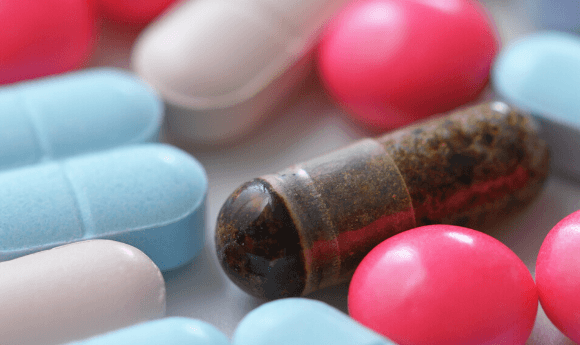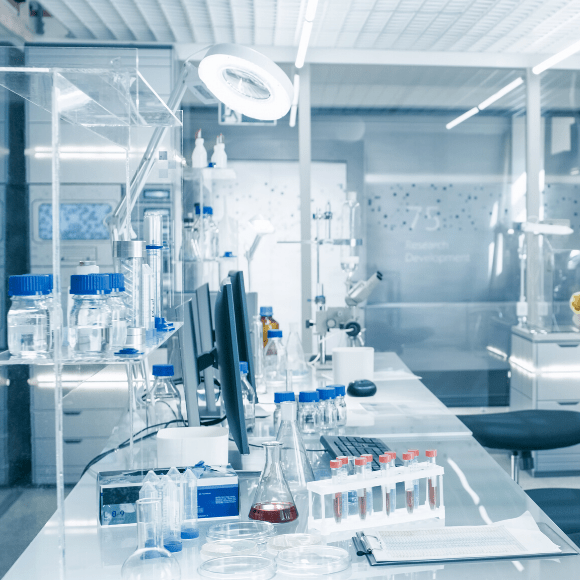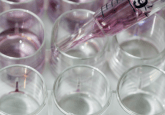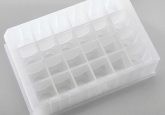Is salt a key ingredient in the recipe for successful improvement of drug manufacture?

Research modeling the interactions of proteins in chromatography could lead to cheaper and more efficient drug manufacture.
Approximately $3 billion USD is spent on the development of a single drug based on a biological protein before it can reach the market. A large amount of this is spent on the purification process, which often comes down to trial and error as it is not always possible to predict the separation scheme required for a desired protein.
Now, researchers at Rice University (TX, USA) have discovered that tuning salt concentrations can affect protein interactions during purification. The findings could be utilized to simulate purification processes in a bid to predict optimum separation conditions.
Monte Carlo simulations were created using data from single-molecule interactions and compared with the observations of experiments analyzing single-molecule tracking and ensemble separations.
Salting out is a process used in chromatography to separate proteins from a solution via precipitation. In this work, the team analyzed how salt concentration influenced interactions between a nylon stationary phase – which acts as a filter – and the protein transferrin.
“Think of these filters like stops along a highway,” explained study author Logan Bishop. “The first stop separates out the big rigs, the next stop gets the pickup trucks, and eventually you’re just left with the normal cars you want.”
Bishop continued, “here, we’re talking about all the different forces that separate different components as a mixture moves through the column.”
With the well-known technique reaching a big birthday milestone, is the western blot still going strong, or has it reached a midlife crisis?
Salt is a key component in this step as salt ions interact with proteins, causing them to either stop and interact with the stationary phase or continue moving through the column. Observations demonstrated that in most cases transferrin would move around the nylon support before unfolding, partially when attaching.
Separation efficiency was improved in higher salt concentrations; under these conditions, transferrin was more likely to attach and unfold, thereby boosting interactions at the membrane. Salt concentration also affects the structure of the protein.
The team now hope to trial various surfaces under different parameters to identify optimum separation conditions. This data can then be incorporated into simulations and used to predict which conditions are most favorable when designing a separation scheme.
While this work fails to capture the complexity of the chromatography process, the team will now build on these findings to create models with increased accuracy with the aim of identifying potentially cost-saving practices.
 Western blotting: 40 years on
Western blotting: 40 years on



